The Kentucky health department reported 2,300 cases of influenza
By Oct. 12, 1918, the Kentucky health department reported 2,300 cases of influenza, prompting volunteers to provide automobiles…
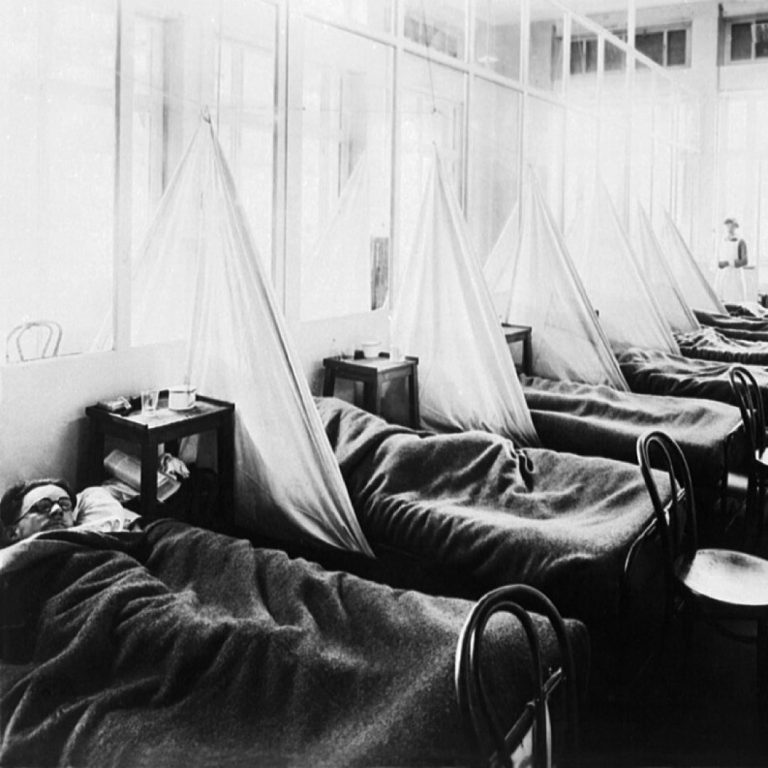
By Oct. 12, 1918, the Kentucky health department reported 2,300 cases of influenza, prompting volunteers to provide automobiles…
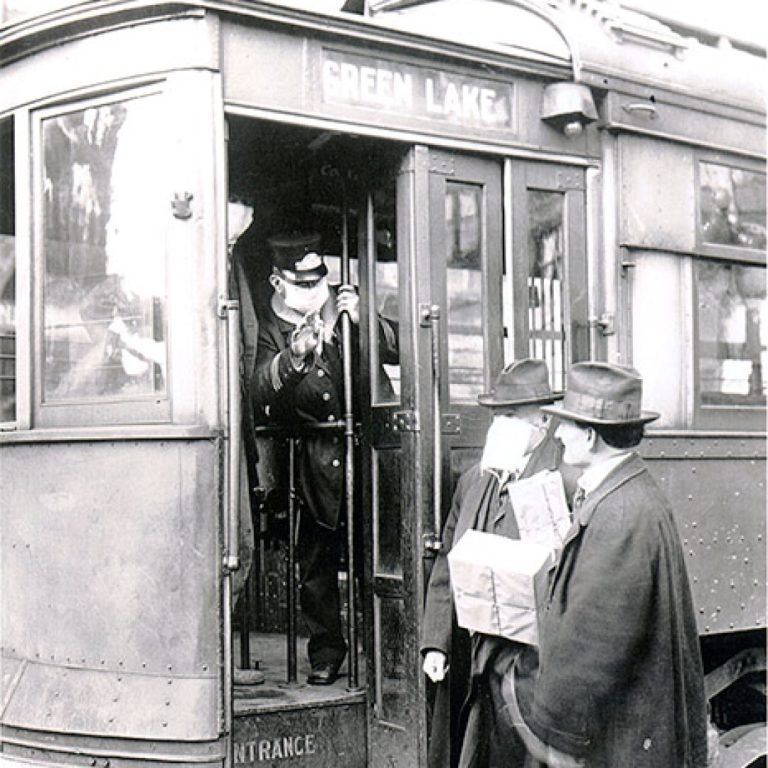
On Oct. 12, 1918, New Orleans transit officials restricted passenger counts on streetcars to address social distancing in…
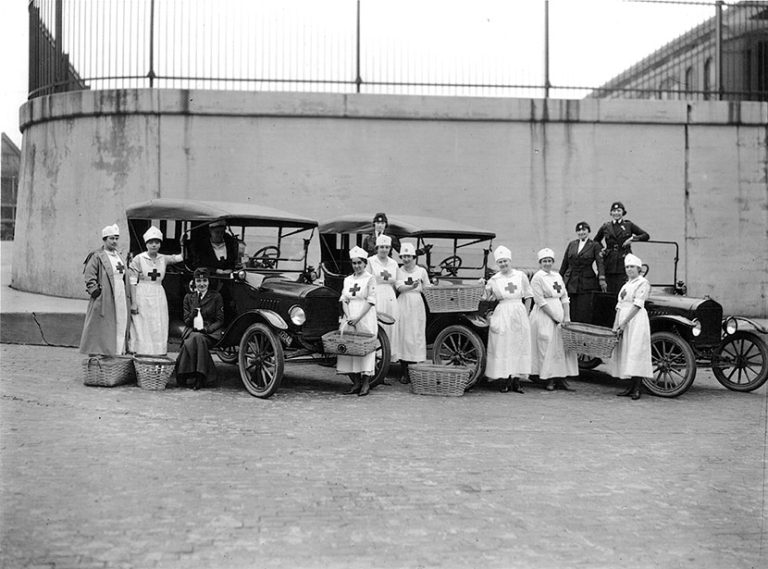
On Oct. 12, 1918, New York’s health officers created an Emergency Advisory Committee for assistance with the influenza…
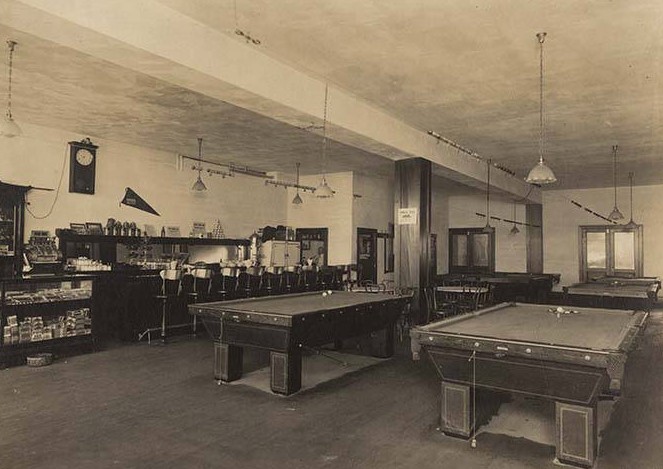
On Oct. 12, 1918, Dallas Mayor Lawther ordered all public and private schools, churches, and other public gatherings…
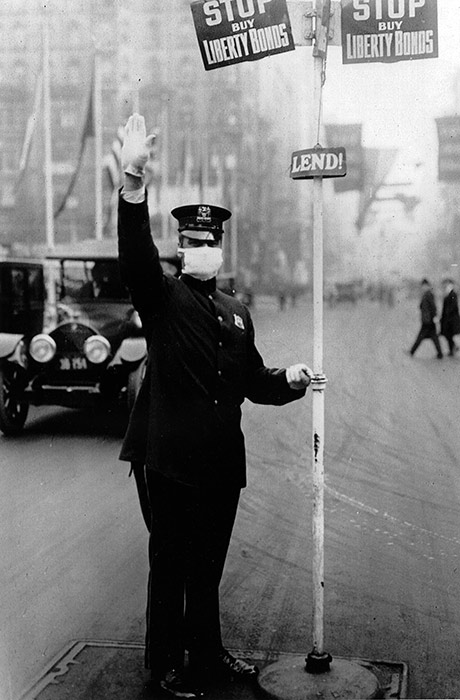
On Oct. 11, 1918, Los Angeles Mayor Frederick T. Woodman declared a state of public emergency due to…
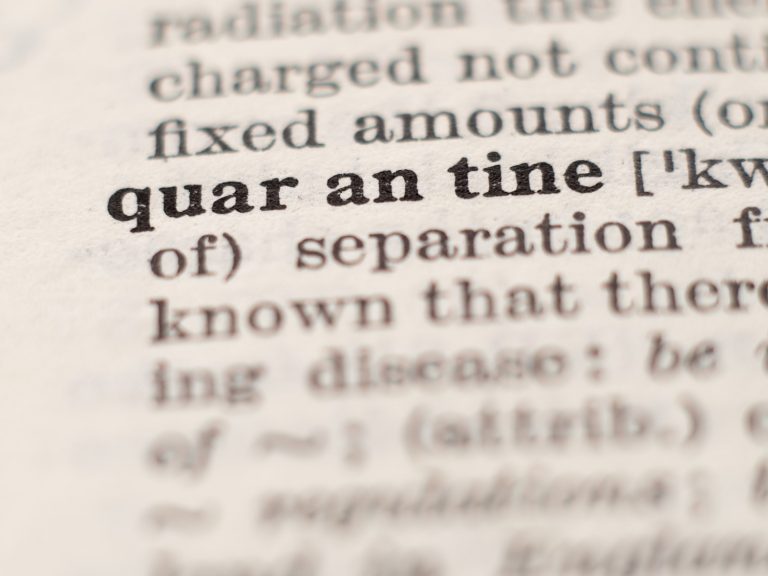
On Oct. 10, 1918, ‘Des Moines goes under quarantine today.’ Thus read the first line of a front-page…
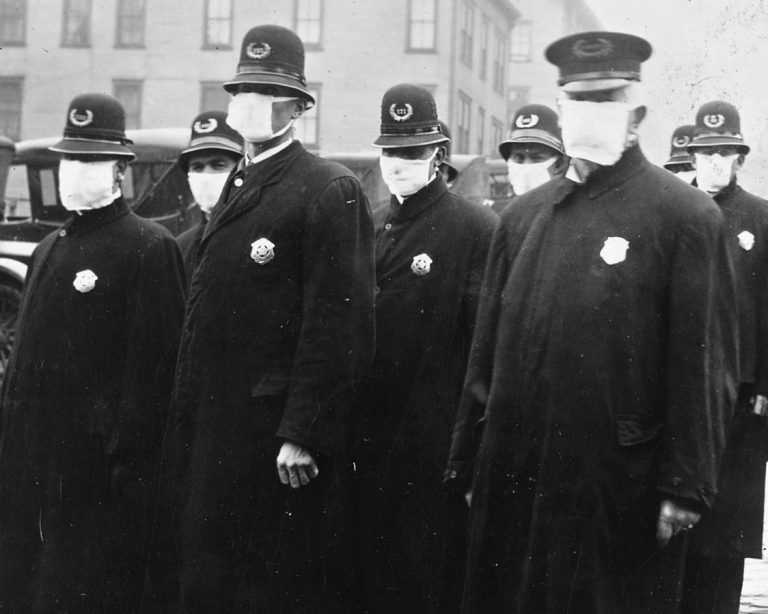
On Oct. 9, 1918, due to the influenza spread, Minneapolis Health Commissioner Dr. H. M. Guilford ordered a…
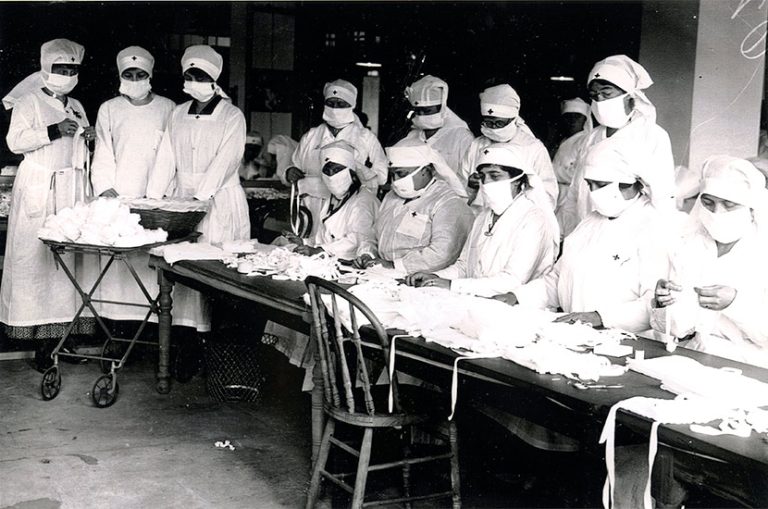
On Oct. 9, 1918, the Dallas Board of Health agreed to make influenza a reportable disease and to…
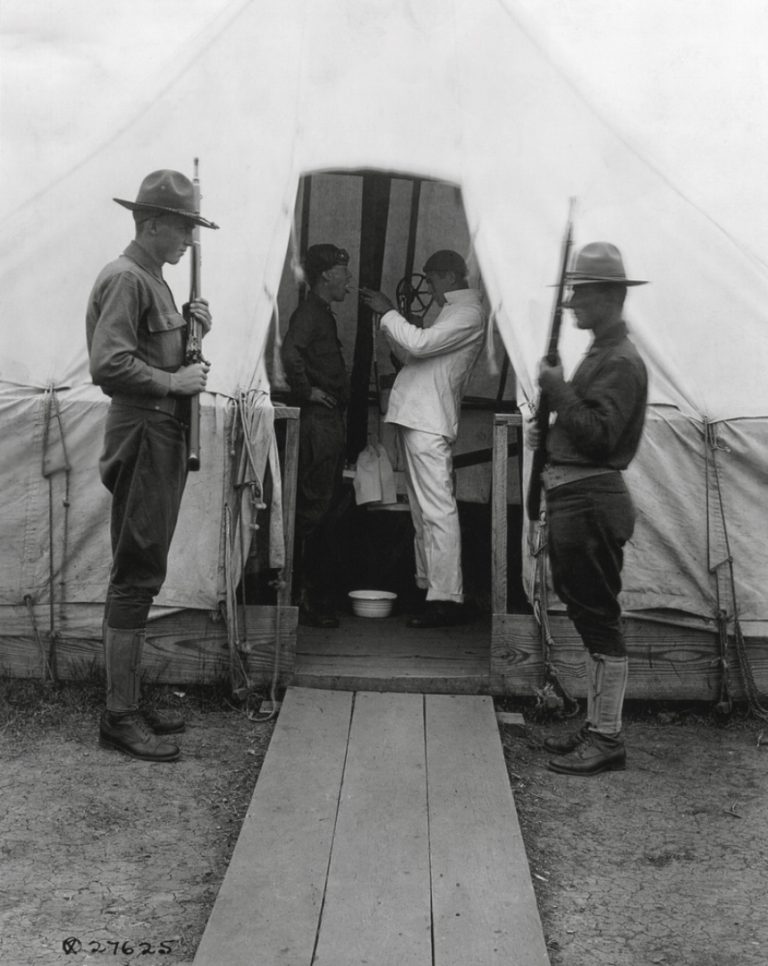
On Oct. 9, 1918, all Salt Lake City churches and public schools and universities, theater, and other gathering…
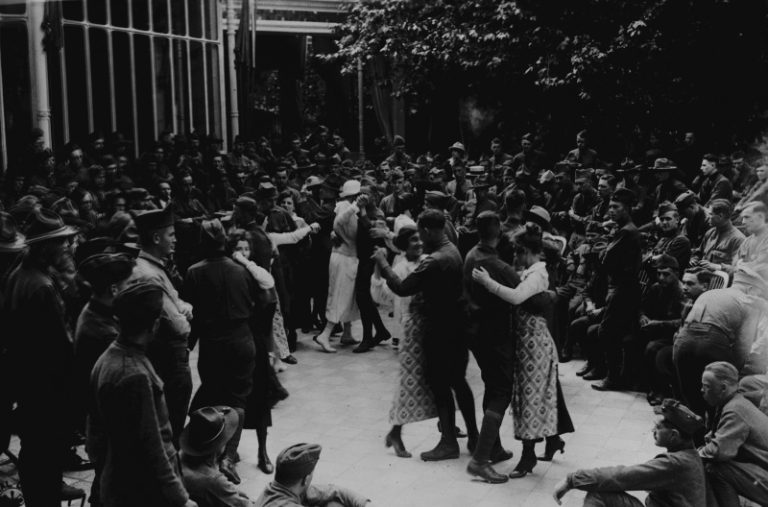
On Oct. 7, 1918, Dr. Max C. Starkloff, Health Commissioner for St. Louis, assembled city officials, the U.S….
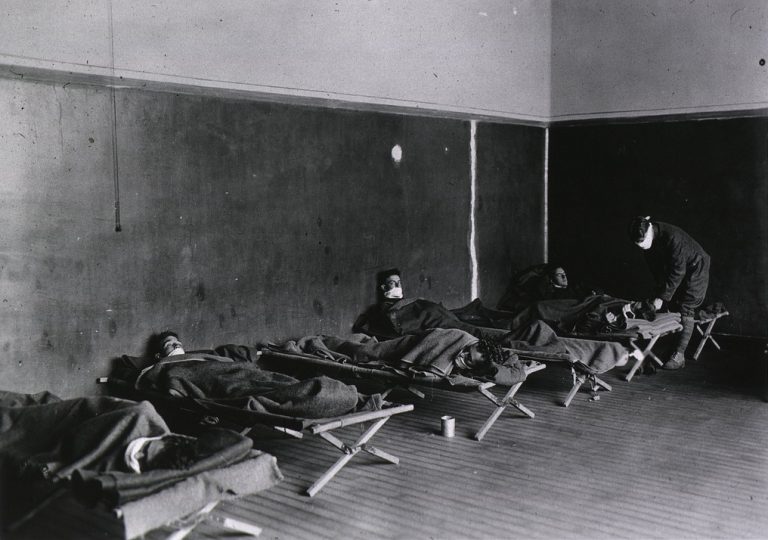
By Oct. 7, 1918, influenza cases in Philadelphia had risen by over 3,000 new cases, overwhelming medical facilities….
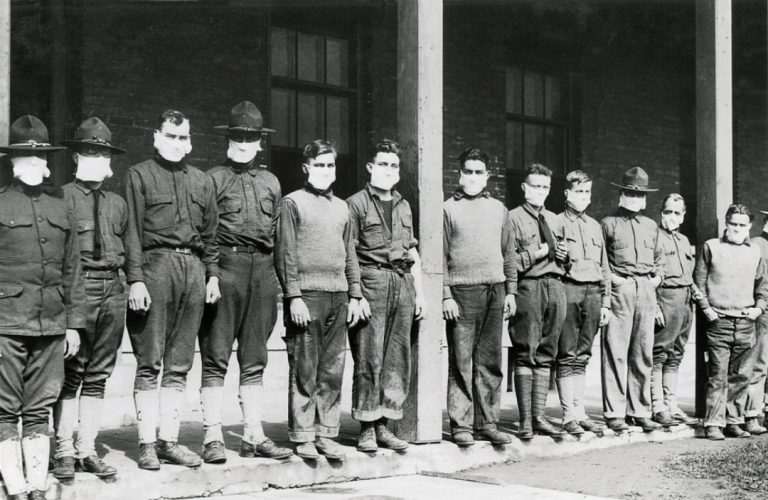
On Oct. 7, 1918, Nashville officials ordered closed theaters, movie houses, and other entertainment areas, while leaving schools…
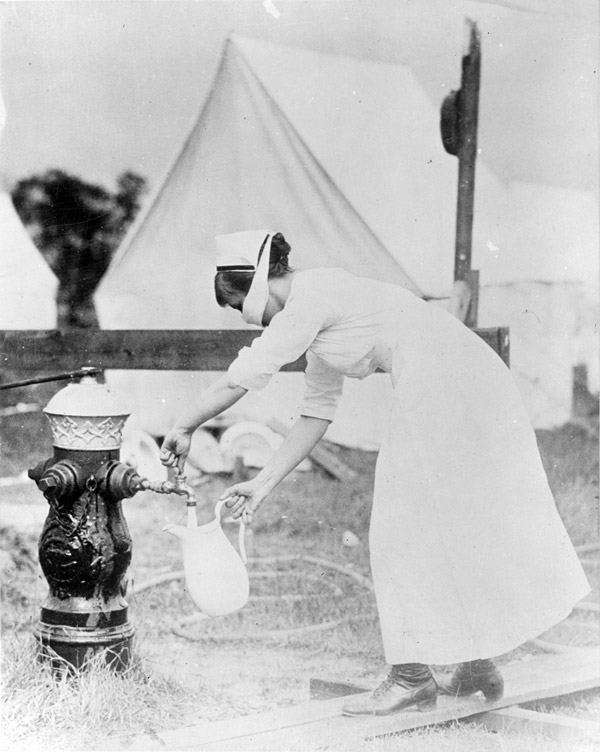
On Oct. 6, 1918, all of Denver’s schools, colleges, and places of public assembly were closed to try…
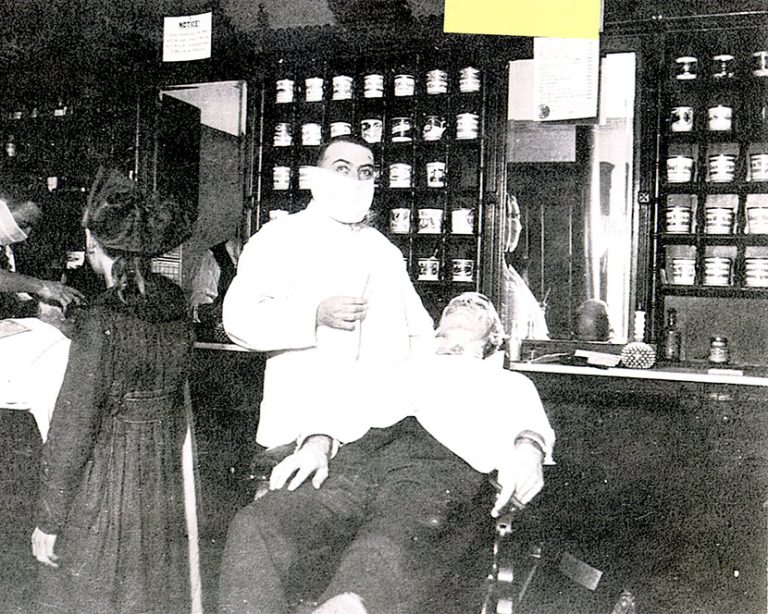
On Oct. 5, 1918, with 4,000 estimated influenza cases in the city, the Cincinnati mayor, health, and education…
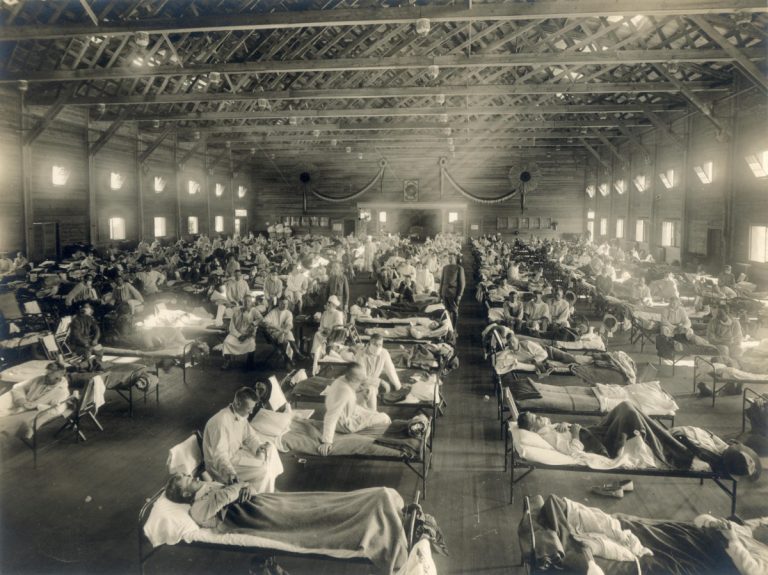
On Oct. 5, 1918, the city of Philadelphia reported about 1,500 new influenza cases. Many employees of the…

On Oct. 5, 1918, Nashville’s health officer Dr. W.E. Hibbett announced there were between 10,000 and 15,000 influenza…
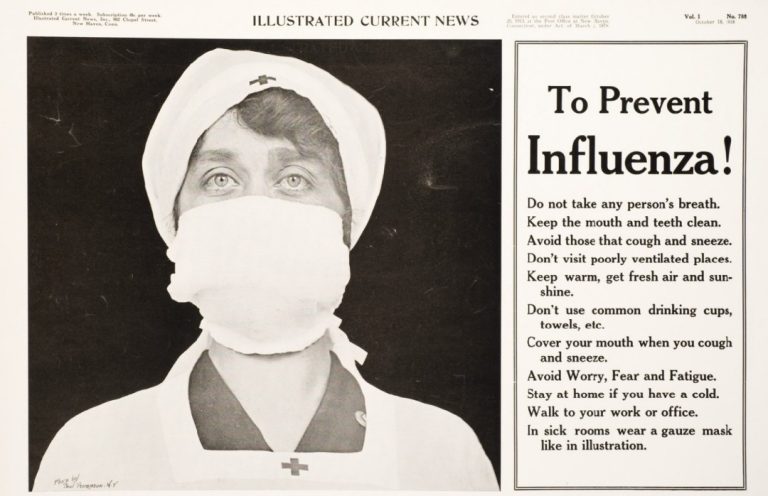
On Oct. 4, 1918, several dozen cases of influenza were reported to the Birmingham department of health. A…
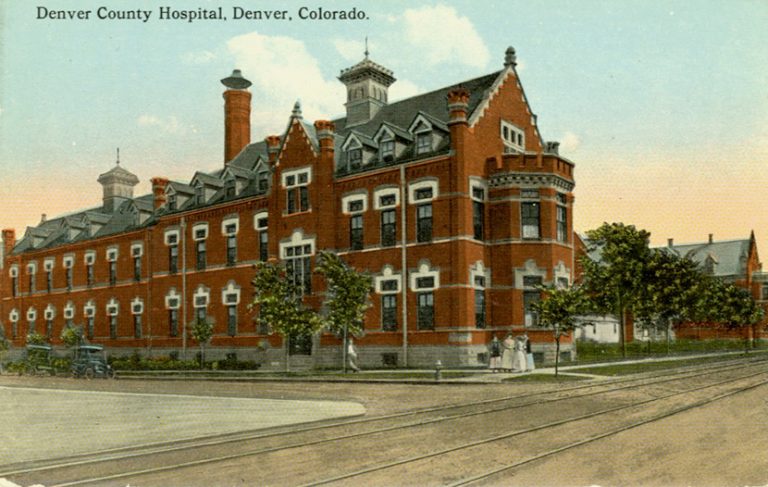
On Oct. 4, 1918, City Manager of Health and Charity and former Denver mayor Dr. William H. Sharpley…
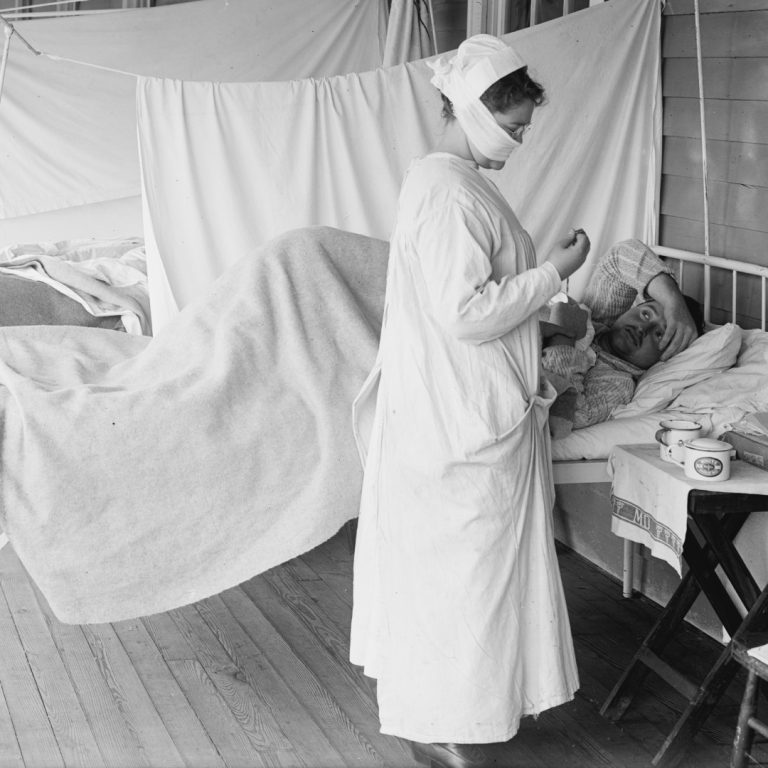
On Oct. 4, 1918, Washington, D.C. physicians were ordered to report all influenza cases and isolate patients. Public…
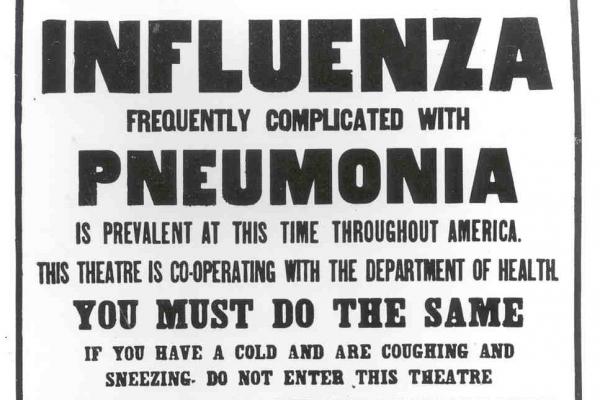
By Oct. 4, 1918, physicians in New York reported 999 new influenza cases for the previous 24-hour period,…
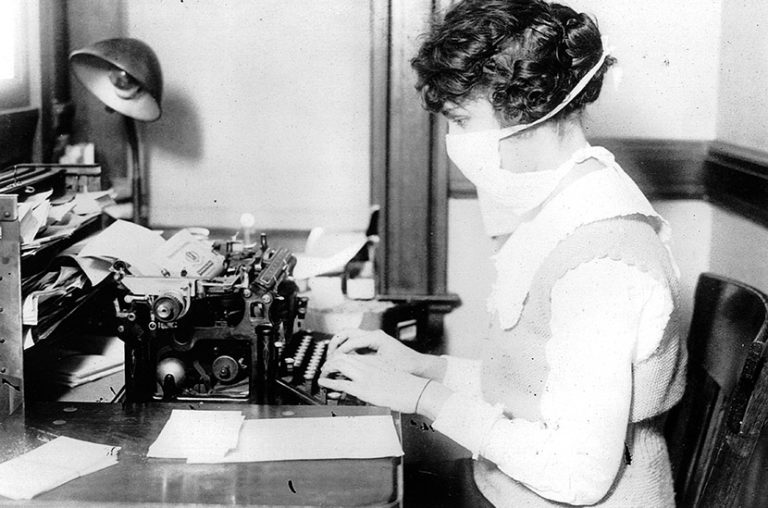
On Oct. 4, 1918, New York’s board of health enacted staggered schedules for business operations throughout the city…
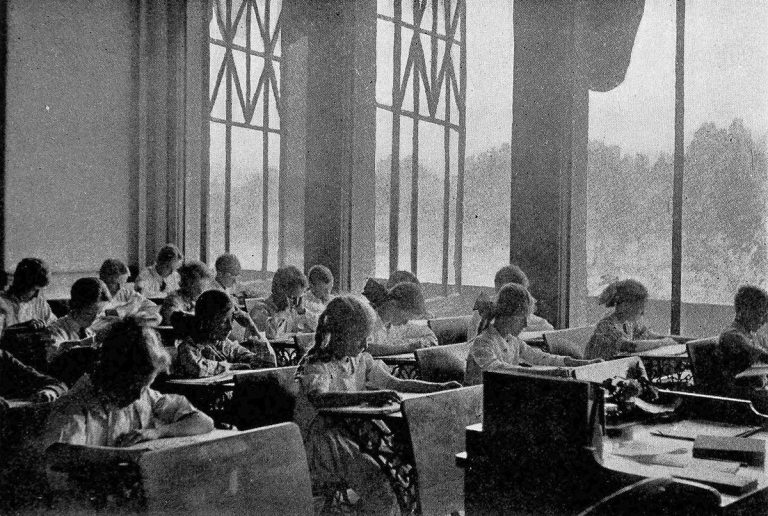
On Oct. 4, 1918, Cleveland City Director of Public Welfare Lamar T. Beeman directed Health Commissioner Rockwood to…

On Oct. 3, 1918, the Health Officer for Washington, DC, Dr. W.C. Fowler ordered all public gatherings cancelled…
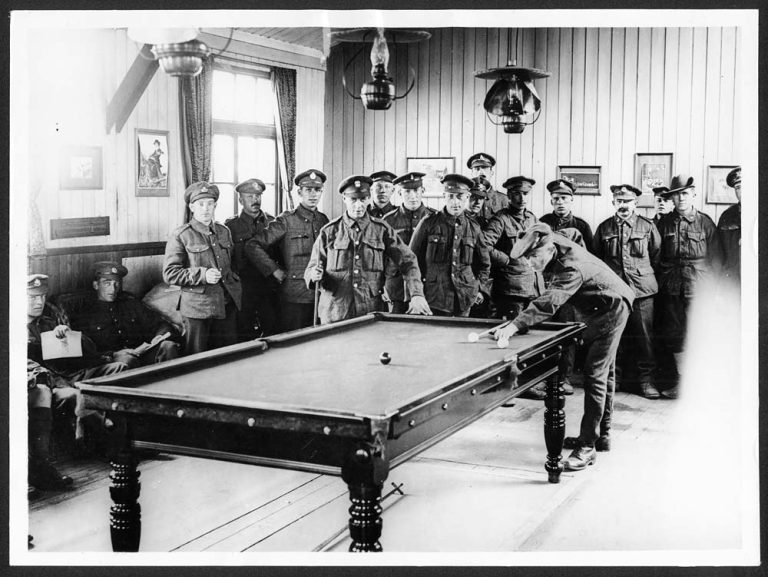
On Oct. 3, 1918, Cincinnati Health Officer Dr. William H. Peters responded to the influenza threat by enacting…
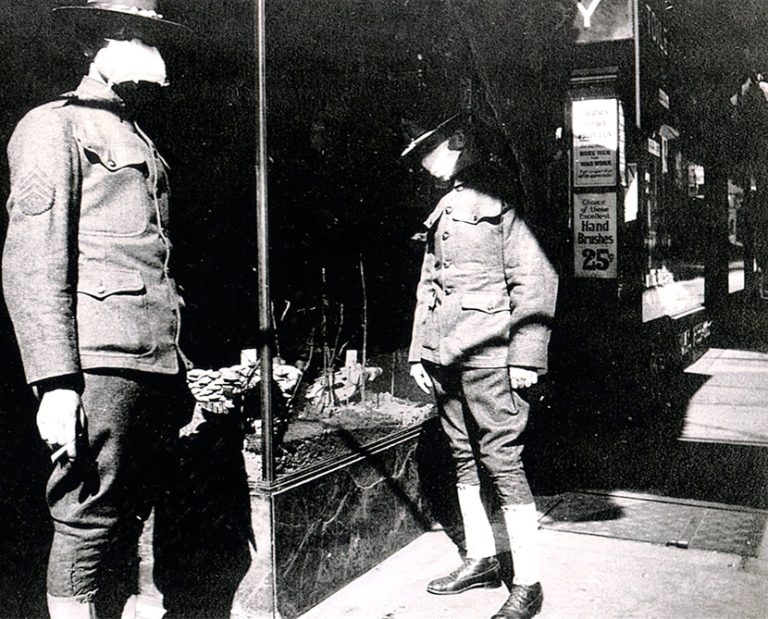
On Oct. 3, 1918, state Health Commissioner Dr. Franklin B. Royer, witnessing the growing epidemic across Pennsylvania, issued…

On Oct. 2, 1918, the Washington, D.C. school board closed all public schools (which had 50,000 students). The…
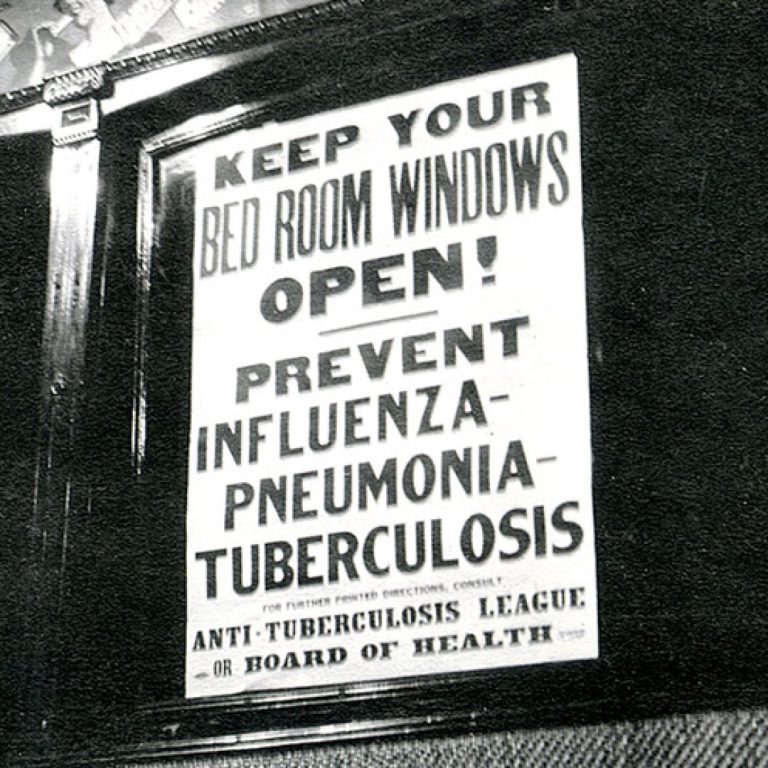
On Oct. 2, 1918, Kentucky Secretary of the state Board of Health Dr. Joseph N. McCormack made influenza…
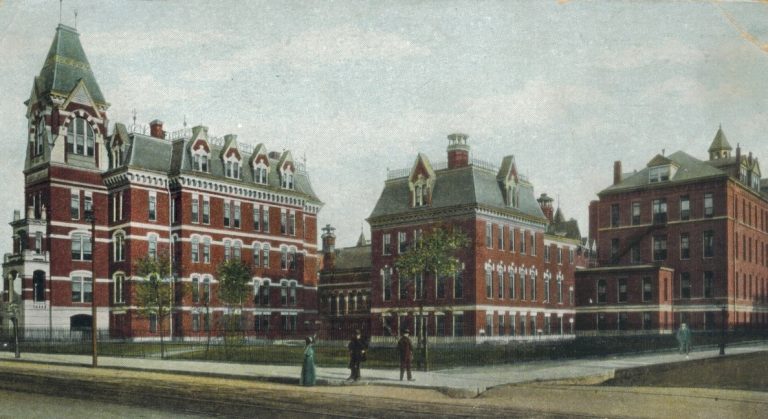
By Sept. 30, 1918, with 260 cases in Chicago, Health Commissioner Dr. John Dill Robertson ordered isolation of…
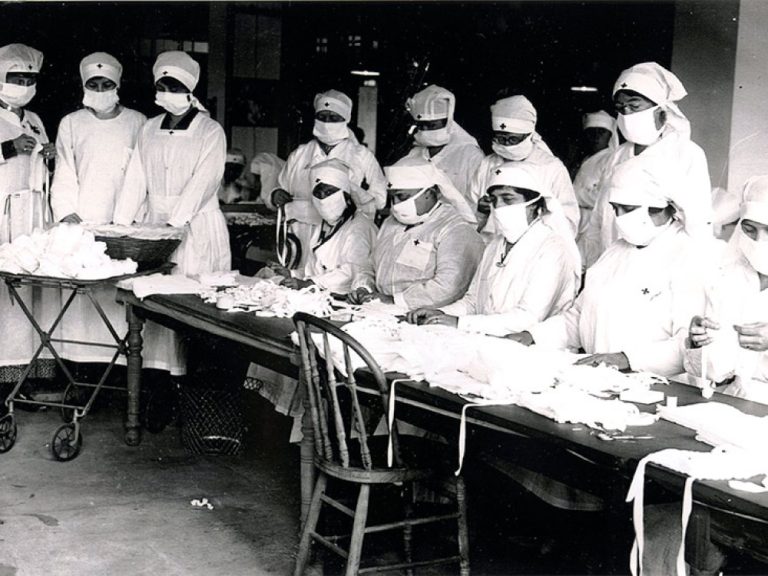
On Sept. 29, 1918, New Orleans newspapers reported the city’s first local influenza death. Anticipating an epidemic, the…
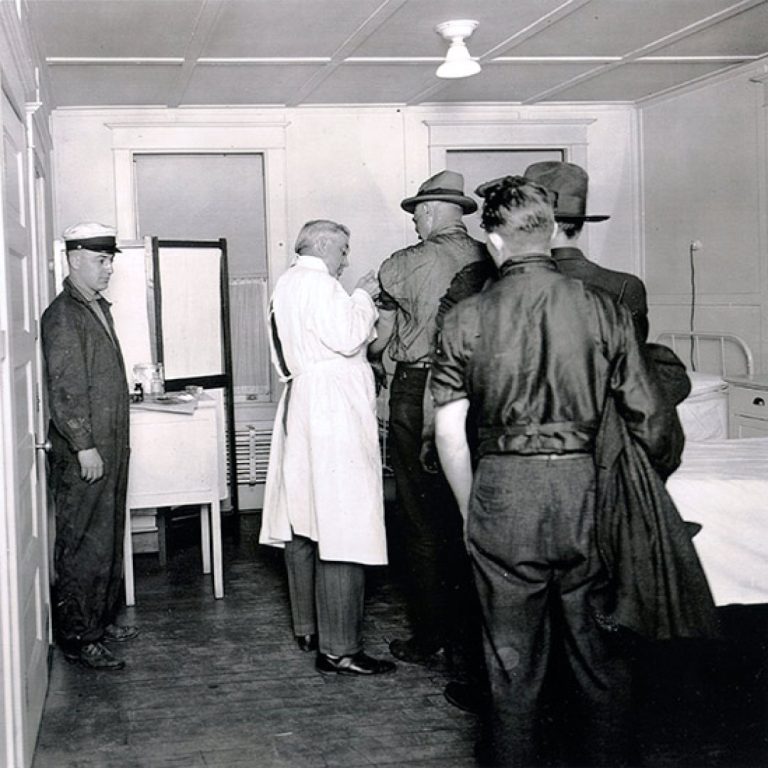
On Sept. 29, 1918, Minneapolis civilian, military, and school officials announced the arrival of the influenza epidemic to…